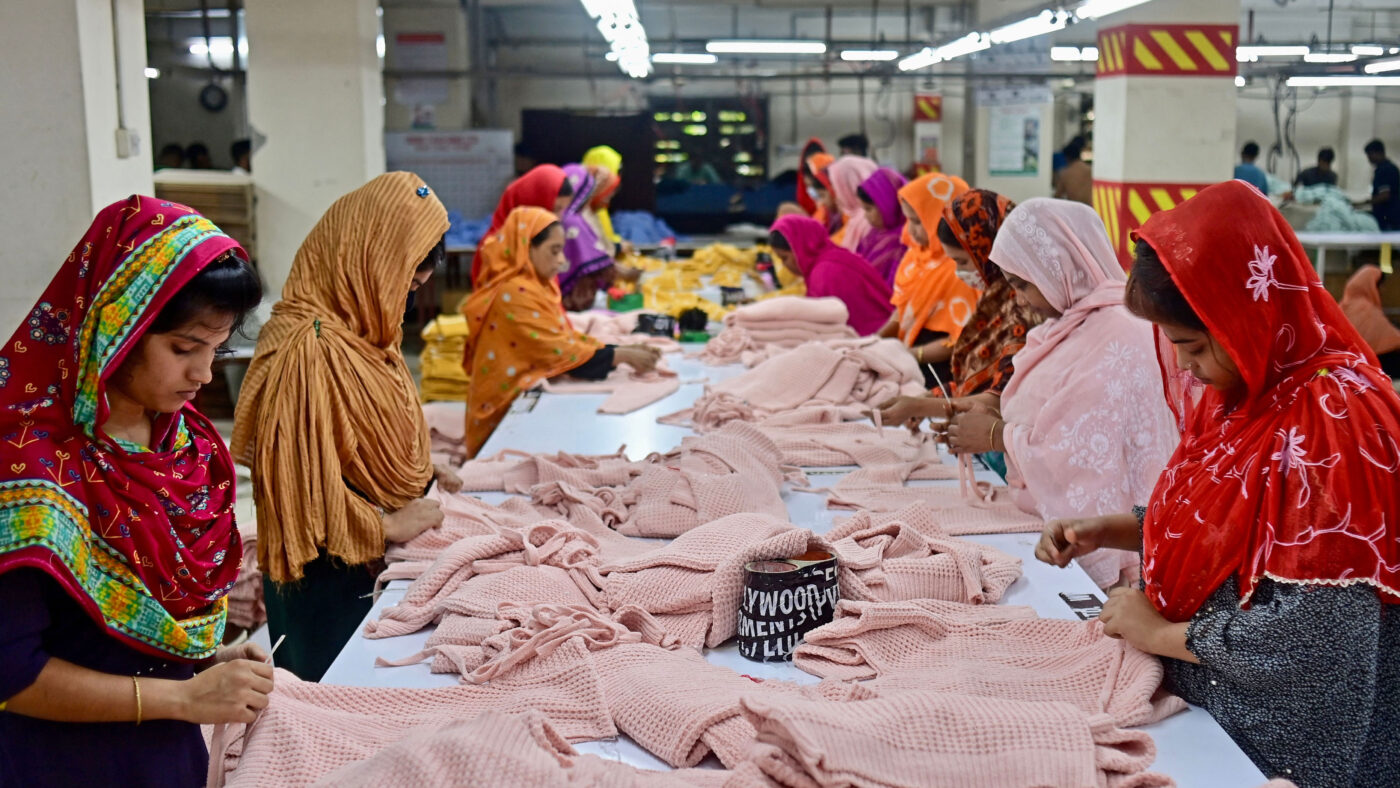Factories in developing countries are often framed as the ultimate capitalist evil. It’s not hard to see why. So-called sweatshops conjure a powerful image of the world’s poorest working long hours in gruelling conditions, just to provide textiles, toys and electronics for pampered Westerners.
Nor is it surprising that appalling events such as the 2013 Rana Plaza factory disaster in Bangladesh provoked a profound sense of moral outrage. The collapse of a building housing five garment factories killed 1,135 people and injured another 2,500. The sheer scale of the tragedy led to both substantial media attention and concerted advocacy from various quarters, culminating in the development of new private regulatory bodies and multinationals moving their operations out of Bangladesh.
The flurry of activity culminated in the signing of an accord by 220 international companies and a further alliance agreed to by 29 North American brands and retailers. These covered thousands of factories in Bangladesh, subjecting them to audits to ensure certain structural, electric, and fire safety standards. These rules undoubtedly improved garment workers’ safety and were well received by Western consumers, who increasingly pick brands based on social and environmental sustainability.
If the story ended there, this would be a pretty open-and-shut morality tale. Companies rode roughshod over safety, reaped what they sowed and were forced to make amends.
However, as so often with simple morality tales, the reality is a bit more complex. As a new article by three American academics makes clear, the response to the Rana Plaza disaster had a number of unintended consequences which may actually have ended up costing the very workers it was intended to help.
Kevin Grier, Towhid Mahmood, and Benjamin Powell found that not only did the various agreements improve safety, but they also increased operating costs and led to hundreds of factories simply being shut down. That in turn meant the volume of demand for the Bangladeshi textiles sector shrunk as multinationals moved orders away from Bangladesh and towards other countries.
By comparing Bangladesh’s garment industry to those of its near neighbours, the authors conclude that activist activity after the disaster was linked to one-third fewer garment factories in Bangladesh by 2016, with 28% fewer people employed in the industry by 2017.
Other studies support these findings. An earlier investigation found that efforts to improve working conditions in Indonesia, which resulted in the doubling of the country’s minimum wage, also led to a significant fall in employment (of between 12% and 36%), reduced investment and the closure of smaller plants. A separate study by Ryo Makioka found that targeted firms in Indonesia reduced their employment by 30%, which is attributed to a mixture of minimum wage laws, voluntarily paying higher wages and providing higher standards.
Now, one might well respond that higher wages and higher standards are a thoroughly good thing – and for the workers still employed in the industry that may well be the case. But these studies are an important reminder that increasing costs for producers comes with significant drawbacks in the form of lower employment and fewer opportunities for developing economies to advance.
In that connection, it’s worth nothing that prior to the Rana Plaza disaster, Bangladesh was the world’s second-largest textile producer, with 4 million mostly female workers across about 5,000 factories. Clothes and textiles comprised 80% of the country’s exports and accounted for 13% of GDP. On average the industry also paid workers higher wages than the average for Bangladesh, offering a pathway out of the kind of extreme rural poverty that characterises many of the world’s least affluent countries. Indeed, it’s striking that garment industry workers remitted a quarter of their incomes back to the rural areas that many hail from.
And while factory work is undoubtedly very tough, it also offers a route – particularly for women – out of the grinding poverty, backbreaking agricultural work and conservative patriarchal dynamics that characterise many rural areas. The fact that so many vote with their feet and head to urban areas strongly suggest they view factory work as a better option than the alternative.
More broadly, a burgeoning manufacturing sector is an essential step on the path to economic development. Indeed, that process was integral to the Industrial Revolution here in Britain, which kickstarted 200 years of previously unimaginable progress. It allows countries to move up the value chain, creating the wealth necessary to invest in roads, electricity, sanitation, and waste management. There are also significant environmental benefits from people moving to cities, while investing in more efficient agricultural technology allows land to be returned to nature.
And while we often inveigh against over-fussy regulators and heavy-handed governments, what’s interesting about the Bangladesh case is that it isn’t actually about state regulation, but environmental, social and governance activism. Ultimately the exodus of brands from Bangladesh may have done wonders for their PR, but it didn’t do much for the local workers left unemployed as a result. So, in the immortal words of Talking Heads: watch out, you might get what you’re after.
Click here to subscribe to our daily briefing – the best pieces from CapX and across the web.
CapX depends on the generosity of its readers. If you value what we do, please consider making a donation.


